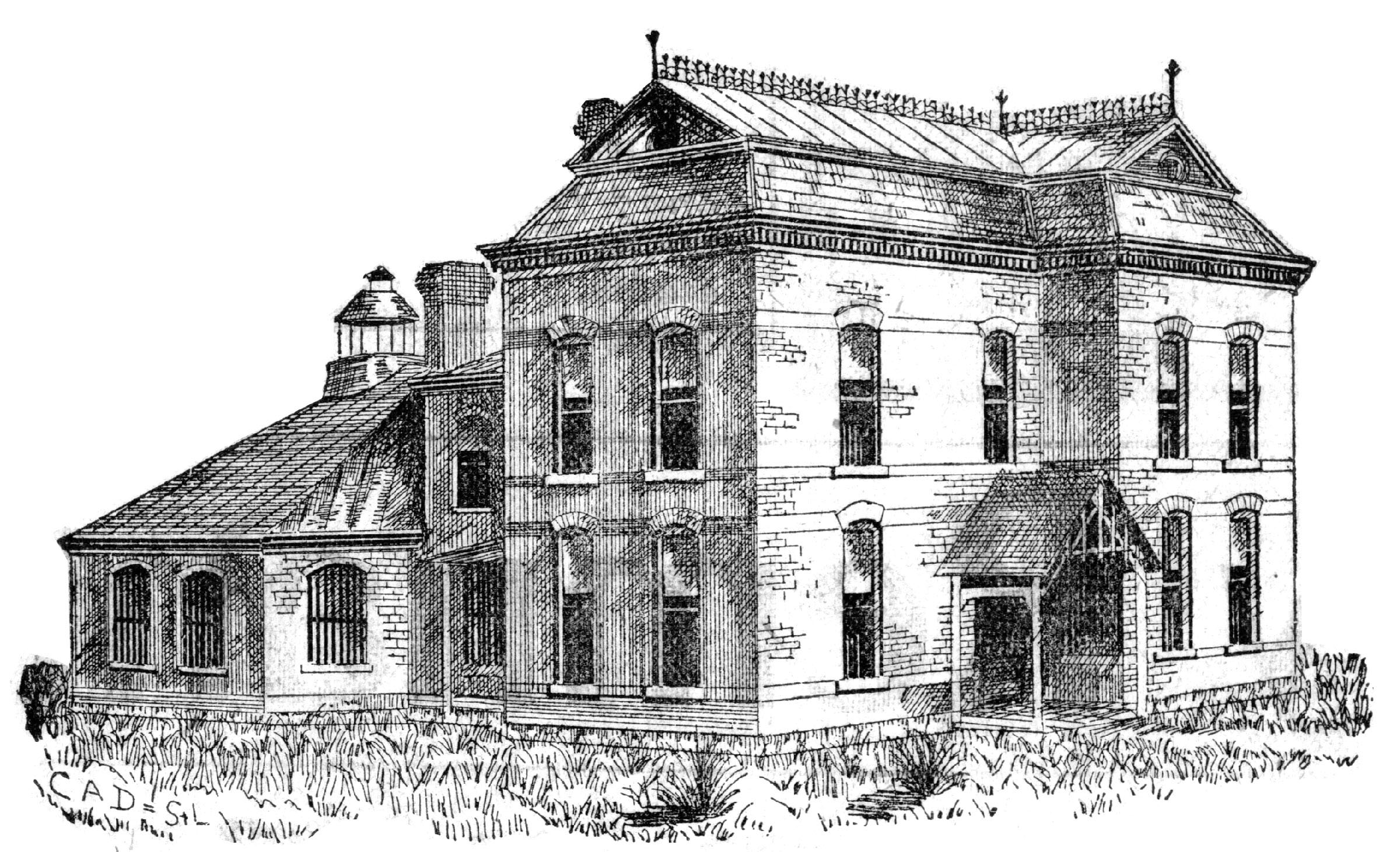On Sept. 8, 2003, Rosalie Knott, age 90, was living at the Lake Viking Health Care Center in Gallatin, MO. She shared a few of her memories of the Great Depression.
During the Depression, there were three children in the family living on the family farm near Jameson, MO. Although some schools used school wagons drawn by horses, her family lived so far out in the country, they had to furnish their own transportation. Many times they walked to school.

School wagons drawn by horses rather than motor carrier transported children to public schools in rural Missouri well into the 1930s, sometimes even later. Shown above is James Douglas Lollar, driving for the Altamont School about 1936. The “bus” sported a heating stove for those long, cold trips.
In spite of the hard times, the family always had plenty to eat. As Mrs. Knott said, the kids didn’t think much about the times and went on as if nothing was wrong; however, her parents had to do all the worrying and make sure they had their necessities. Her father always managed to have a new car.
The wells and ponds were dry. Mrs. Knott thought one of the worst things about the Depression was having to haul water from a creek. They used barrels to haul the water. The lack of water also caused the garden to dry up which affected the food supply.
Mrs. Knott also said, “We had a hard time and didn’t know it. My brothers and sisters and I didn’t worry about it, but our parents did.
“The cinch bugs came on the porch and in the house. Outside, the bugs were in the cornfields. They were so thick they left the outside of the field black. Dad sprayed them, but he couldn’t get rid of them. We tried to use poison, but that was also unsuccessful. Grasshoppers were also a problem. The kids in the family would try to catch them for fun.”
Still, Mrs. Knott managed to go to college for three years. She didn’t know how her folks paid her tuition since it was $25 a semester.
— written by Wilbur Bush, Gallatin, MO

